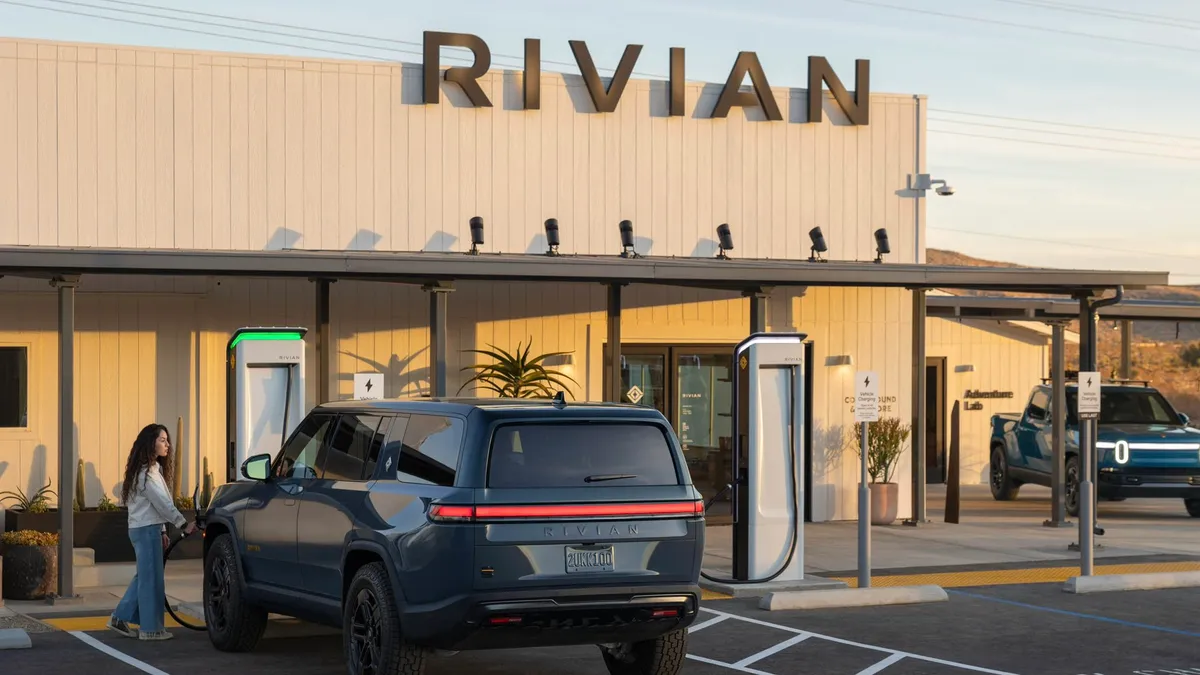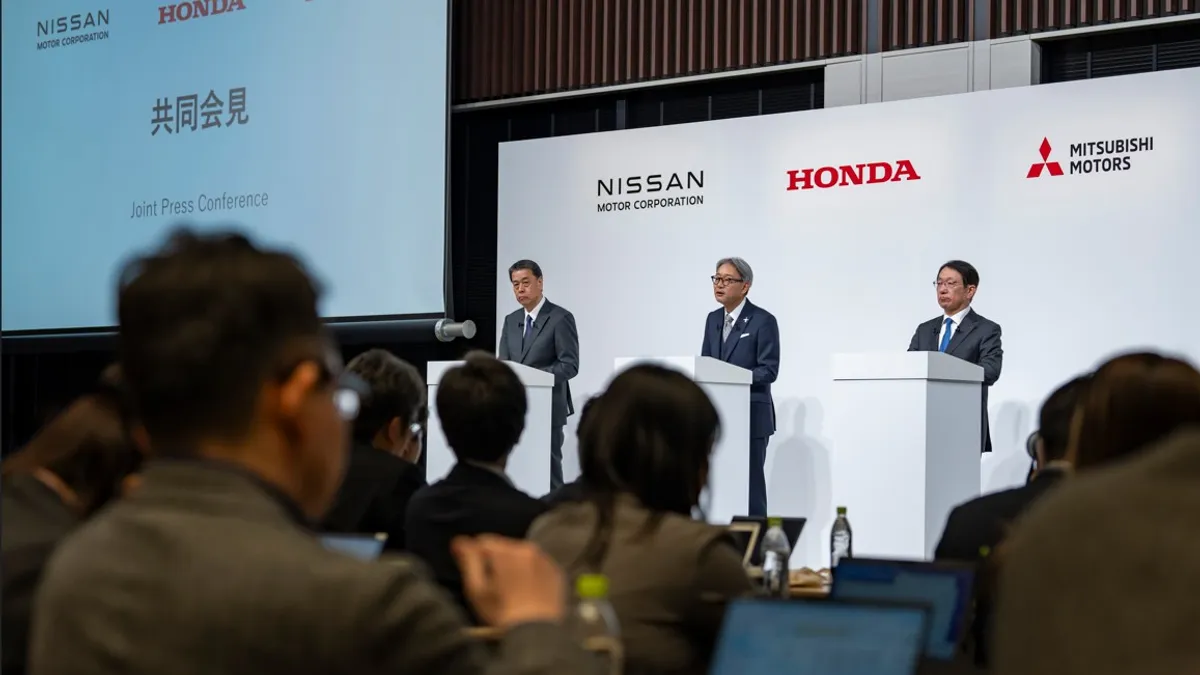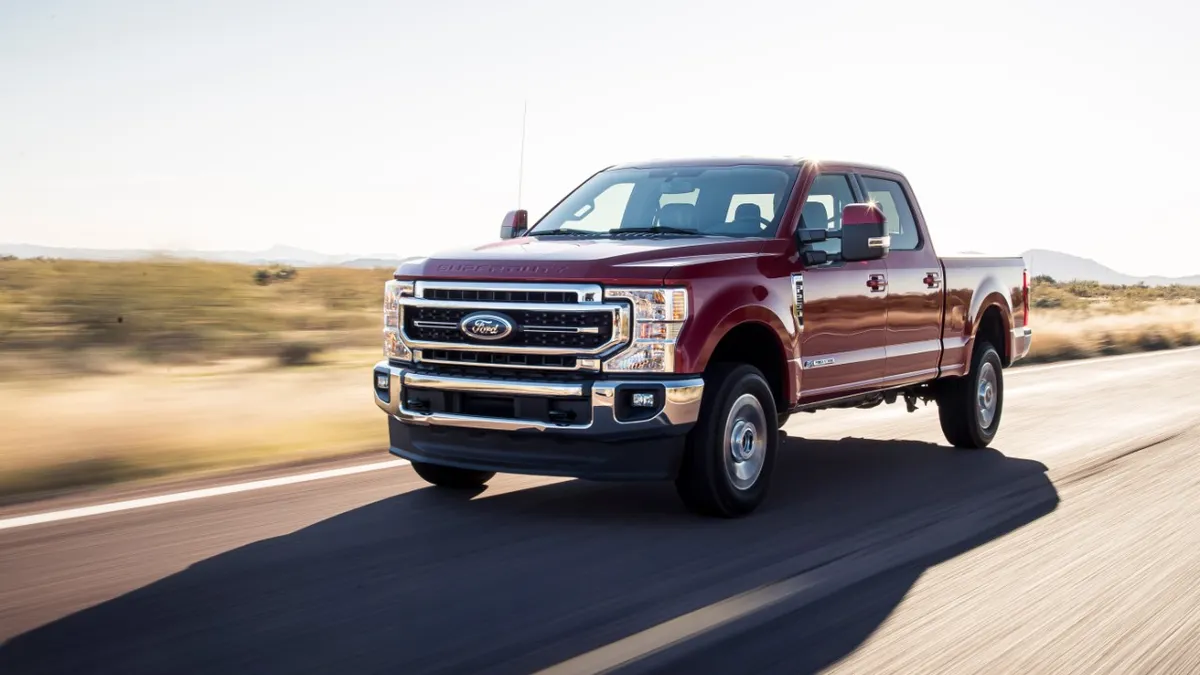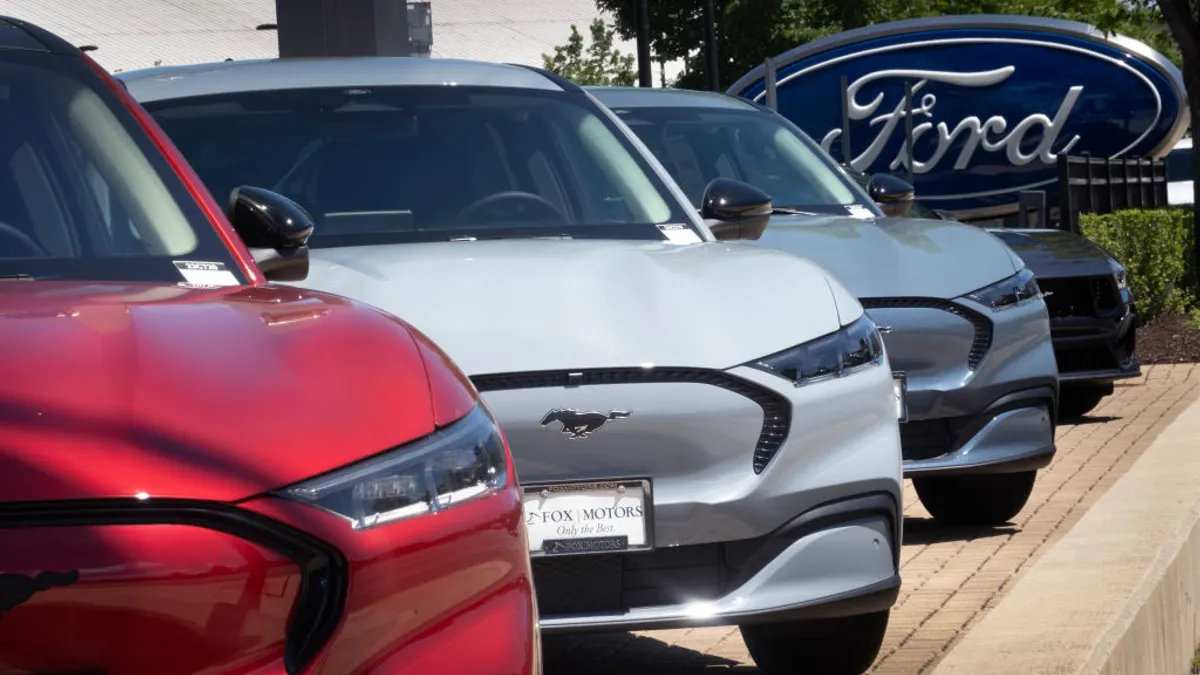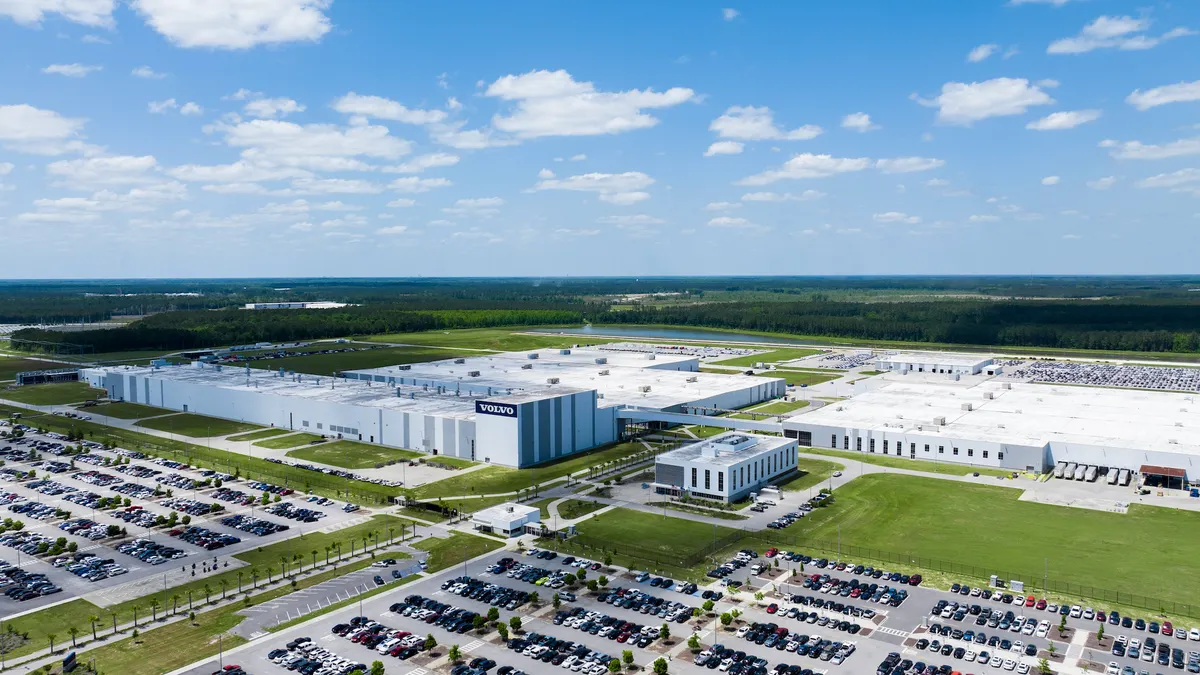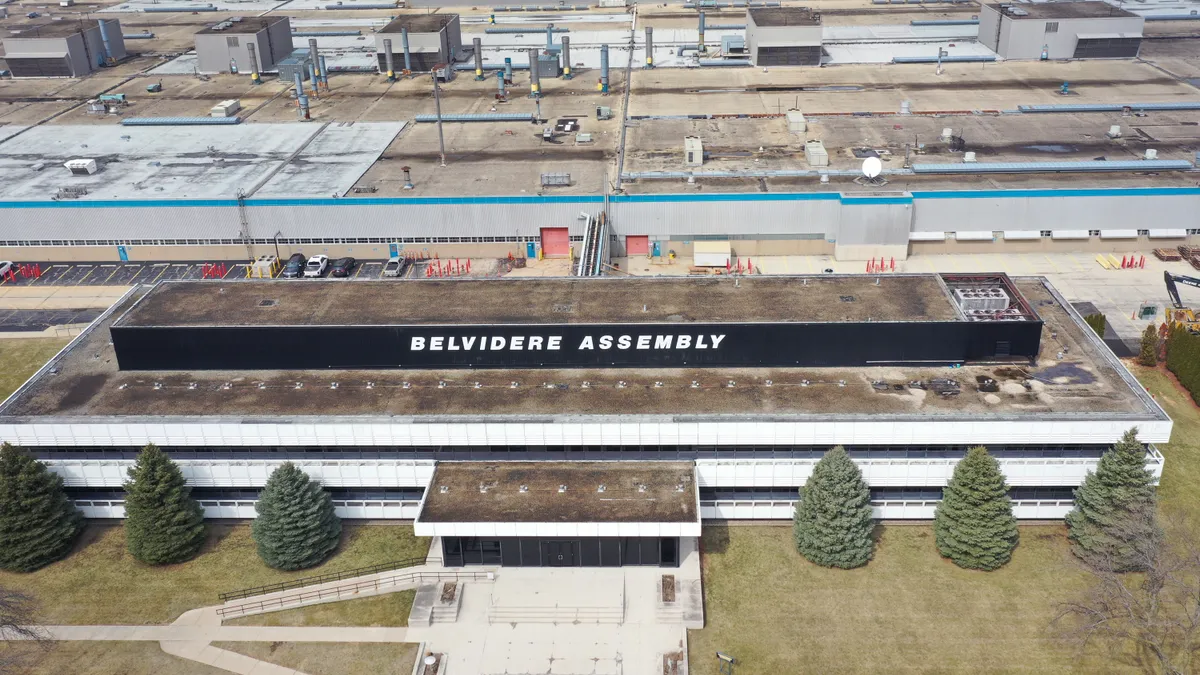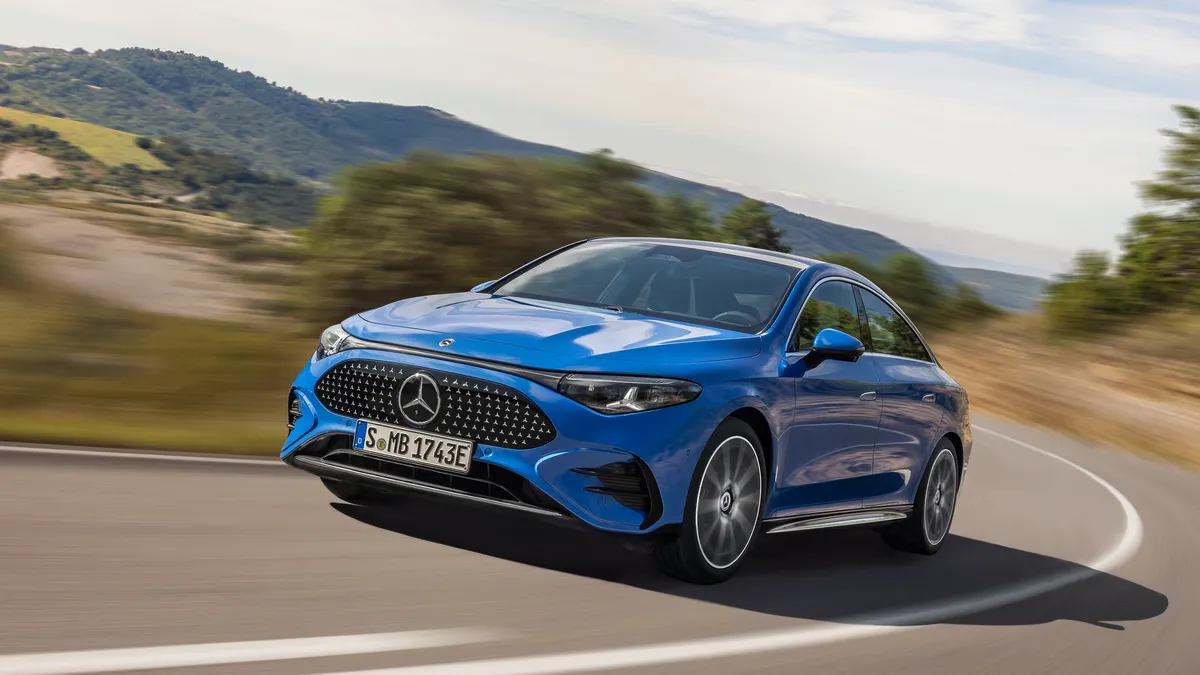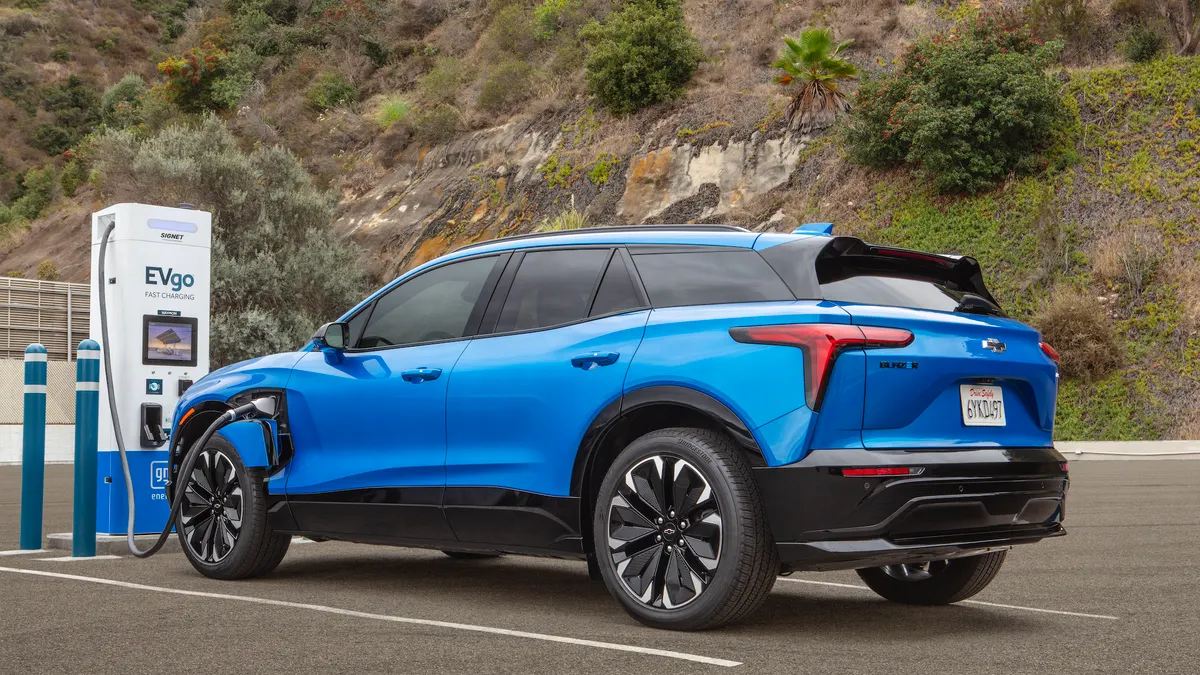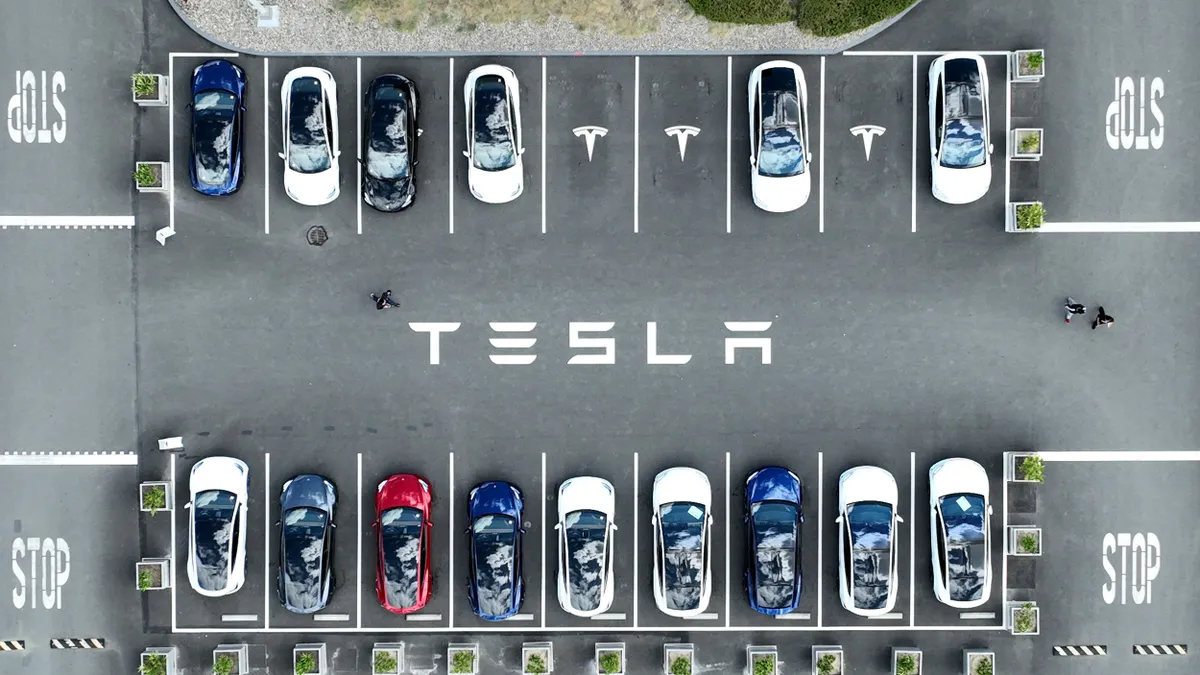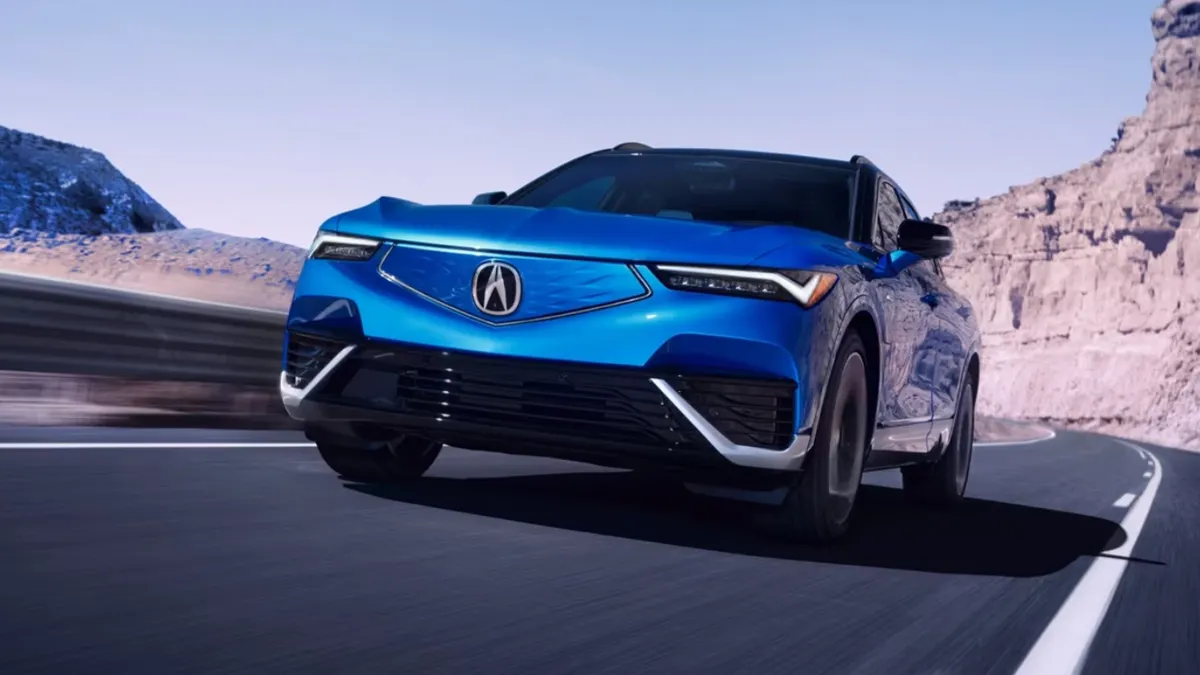Ford Motor Co. Chief EV, Digital and Design Officer Doug Field shared an update of the company’s future strategy as the automaker navigates the auto industry’s transition to software-defined vehicles, in a May 2 blog post.
Ford’s future-state software project, code-named “FNV4,” will combine with its existing vehicle architecture dubbed “FNV3” into a new version referred to as “FNV3.X.” Field said Ford plans to build on its FNV3.X architecture and offer it across a full portfolio of vehicles.
“In today’s automobiles, software is the single biggest lever in advancing a customer’s ownership experience,” Field said in the blog post.
Field said Ford is already far ahead of its competitors in deploying vehicle software updates. The company delivered 9.5 million updates to its fleet in the first quarter of 2025, according to its blog post, and the shift to its FNV3.X vehicle architecture will deliver software innovations even more quickly to customers.
The new architecture will facilitate the rollout of new digital services to customers and improve vehicle quality. It will also support advanced vehicle security and deliver driving and infotainment enhancements to more Ford customers, according to Field.
In addition to improving the customer experience, the FNV3.X architecture will allow the automaker to extend the current digital experience — currently offered in the Explorer, Lincoln Nautilus and Navigator — to other vehicles, including the Bronco, F-150, Mustang and Ranger. This approach will also enable Ford to more easily add its BlueCruise hands-free driving technology to additional models that otherwise wouldn’t support it, as the required architecture will be preinstalled.
“Whether it’s hands-free highway driving with BlueCruise, intelligent navigation, using your phone as a key, or our Ford Security Package to give you peace of mind, we’re integrating technology that actually makes life better, and doing it across as many of our vehicles as we can,” Field said in the blog post.
Unified software across the portfolio
Like other automakers, Ford is migrating from traditional vehicle architectures to electrical-electronic systems powered by software that can be regularly updated over-the-air.
Field said software should be available across Ford’s lineup to reach as many customers as possible. Having a dedicated electrical architecture reserved for some vehicles and a legacy architecture for other models — while simultaneously trying to keep them all updated — is not a good strategy for Ford, according to the blog.
Without a shared and scalable vehicle software platform, the automaker’s software engineers would have to re-develop the same features over and over and adapt them for different models, according to Field.
In the auto industry, more than 90% of new architectures being introduced by automakers are exclusive to their electric vehicles, according to Field. But if these architectures are not made available in other models, it can exclude a sizable portion of an automaker’s customer base driving ICE and hybrid models. As a result, OEMs will face challenges in delivering the best customer experiences without a more unified vehicle platform that can be shared among models, Field said.
Since coming back to Ford in 2021, Field and his team have been working to develop a new software-based vehicle architecture for the automaker.
Field joined Ford from Apple in September 2021. Prior to that served as SVP of Engineering at Tesla, where he led the development of the Model 3 sedan. Now, Field is working to deliver to Ford customers the same type of software innovations developed by Apple and Tesla.
Ford created a “skunkworks” team to develop a low-cost electric vehicle platform to make the company more competitive against rivals like Tesla, CEO Jim Farley revealed during the company’s earnings call in early 2024. Farley said at the time that Ford’s new EVs should be profitable within 12 months of launching, and its low-cost EV platform powered by software will be key to achieving that goal.
“We will not be on the sidelines of what can be done on a next-generation, ground-up electric vehicle,” Field said in the blog post. “Our electric vehicle ‘skunkworks’ project is moving full speed ahead to show what we can do when we start with a clean sheet software and electrical architecture.”





